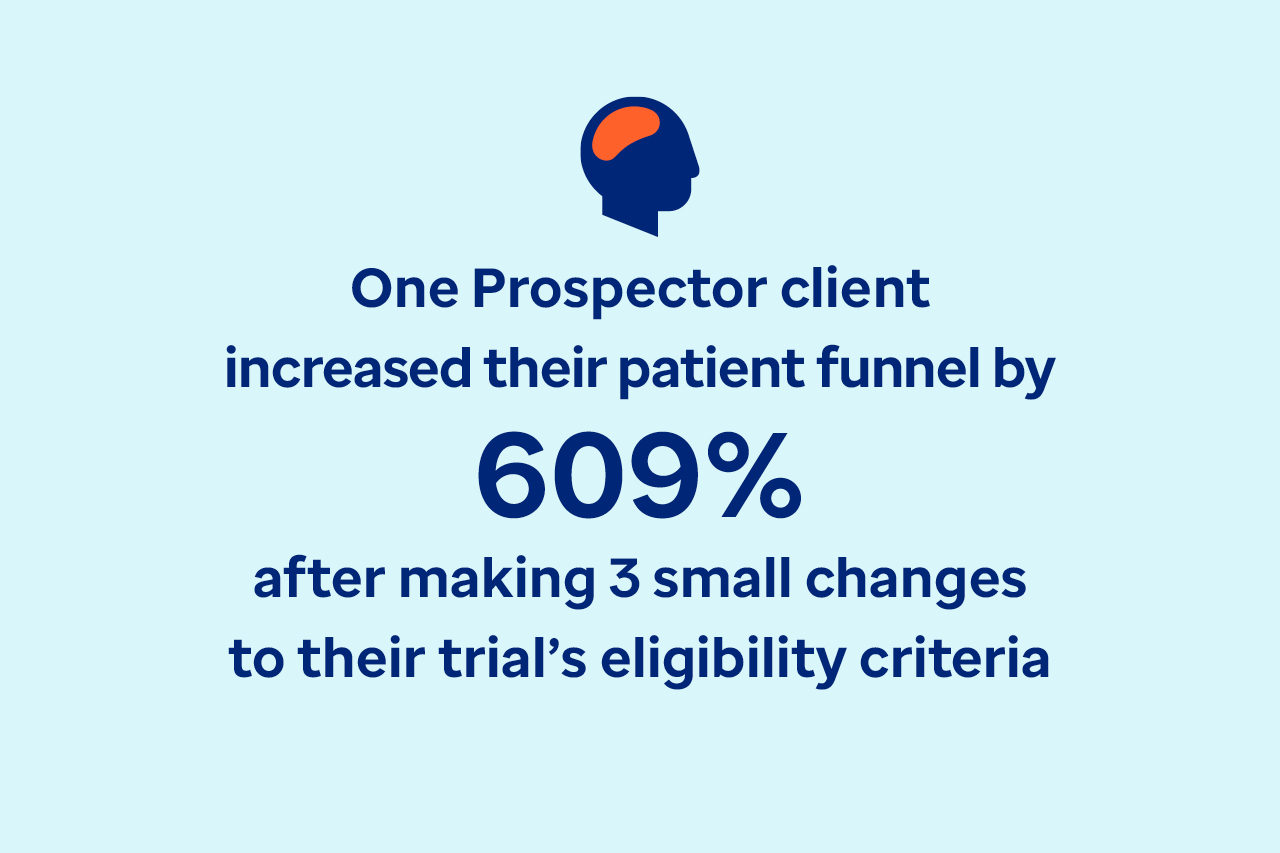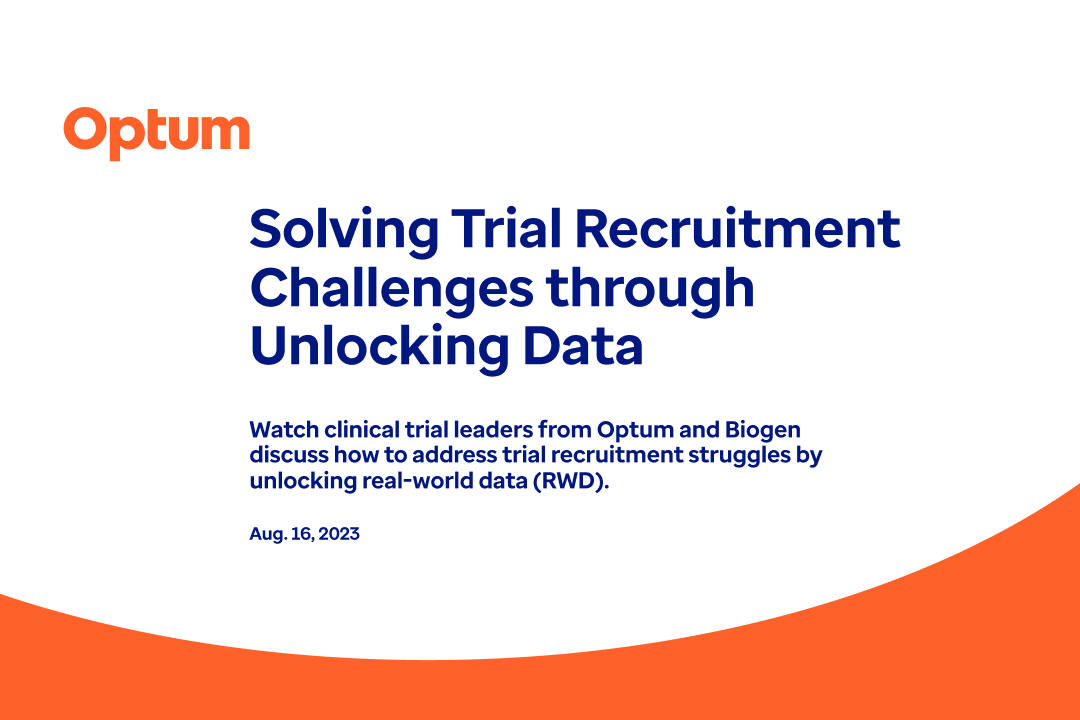The modern headaches of clinical trial design
You’re probably familiar with the obstacles that hinder successful clinical trials. Many of today's challenges relate to patient recruitment. Finding the right patients in the right places, enrolling those patients, hitting recruitment goals, keeping patients engaged — the list goes on. As a result, 80% of clinical trials fail to meet their participant enrollment rate targets.
And with the shift towards more targeted treatments, clinical trial recruitment is getting even more challenging. Eligibility criteria are more complicated and stringent than ever before.
So, what happens when there are fewer patients eligible for your study than expected? There can be very costly consequences: protocol amendments, delayed milestones or even the premature discontinuation of the clinical trial. No matter the form, you’ve wasted time, money and resources.
In theory, one smart way to avoid recruitment challenges is to assess clinical trial feasibility further upstream, while the research protocol is still being designed. But protocol design and feasibility assessment are often siloed. So, by the time feasibility teams are involved, the protocol is already finalized. Bridging that gap is easier said than done. It requires not only the right tools and data to understand how protocol designs affect feasibility, but also the right forms of team collaboration.






![Forging New Paths to Create a Healthier World [E-book]](/content/dam/optum-dam/images/business/pharmacy/transform-real-world-data-ebook-1080x720.png)